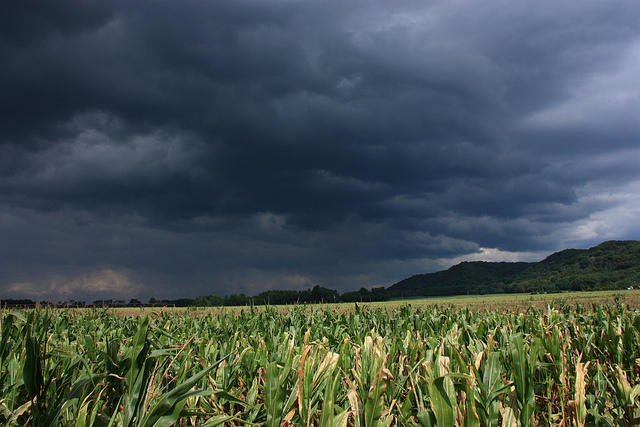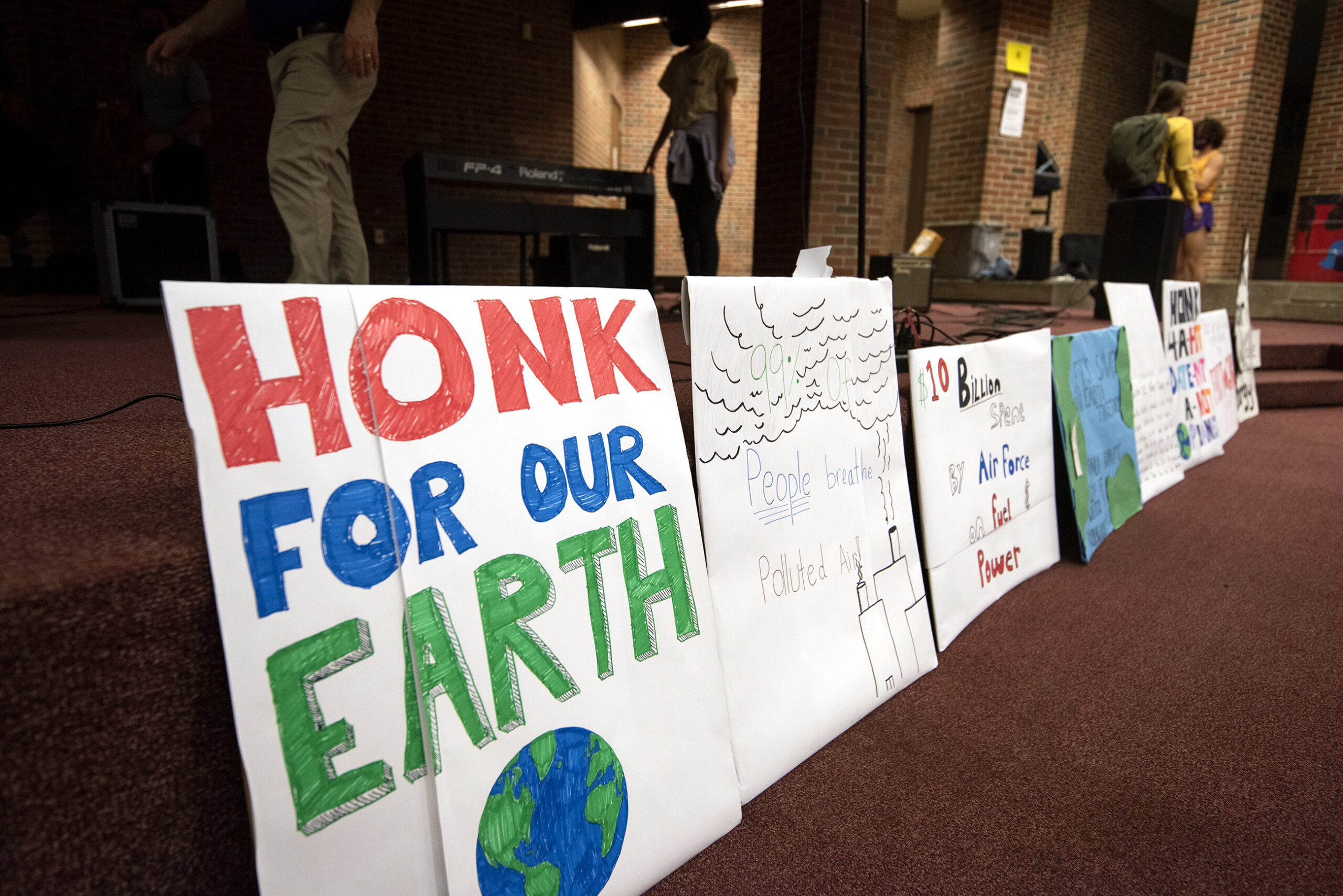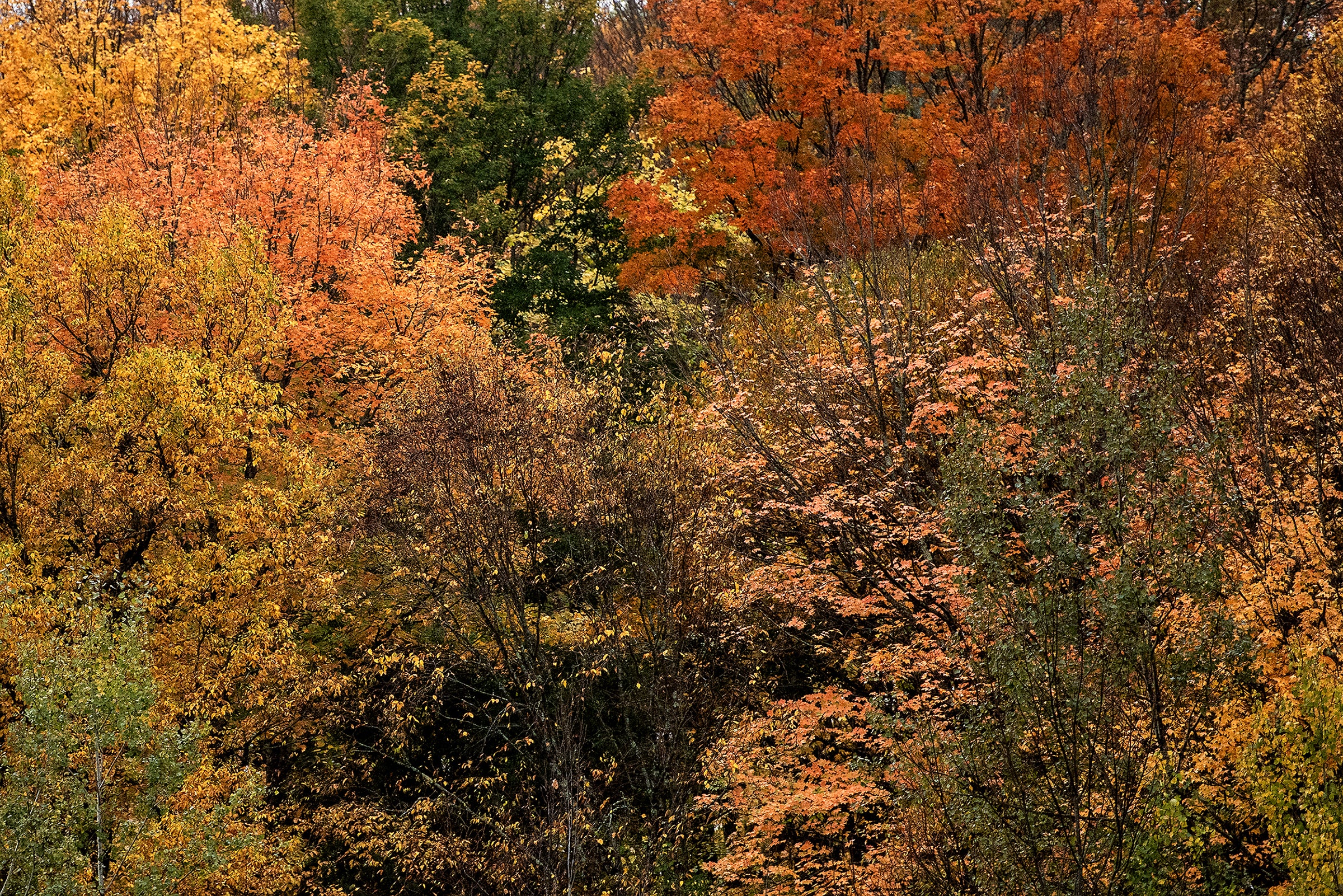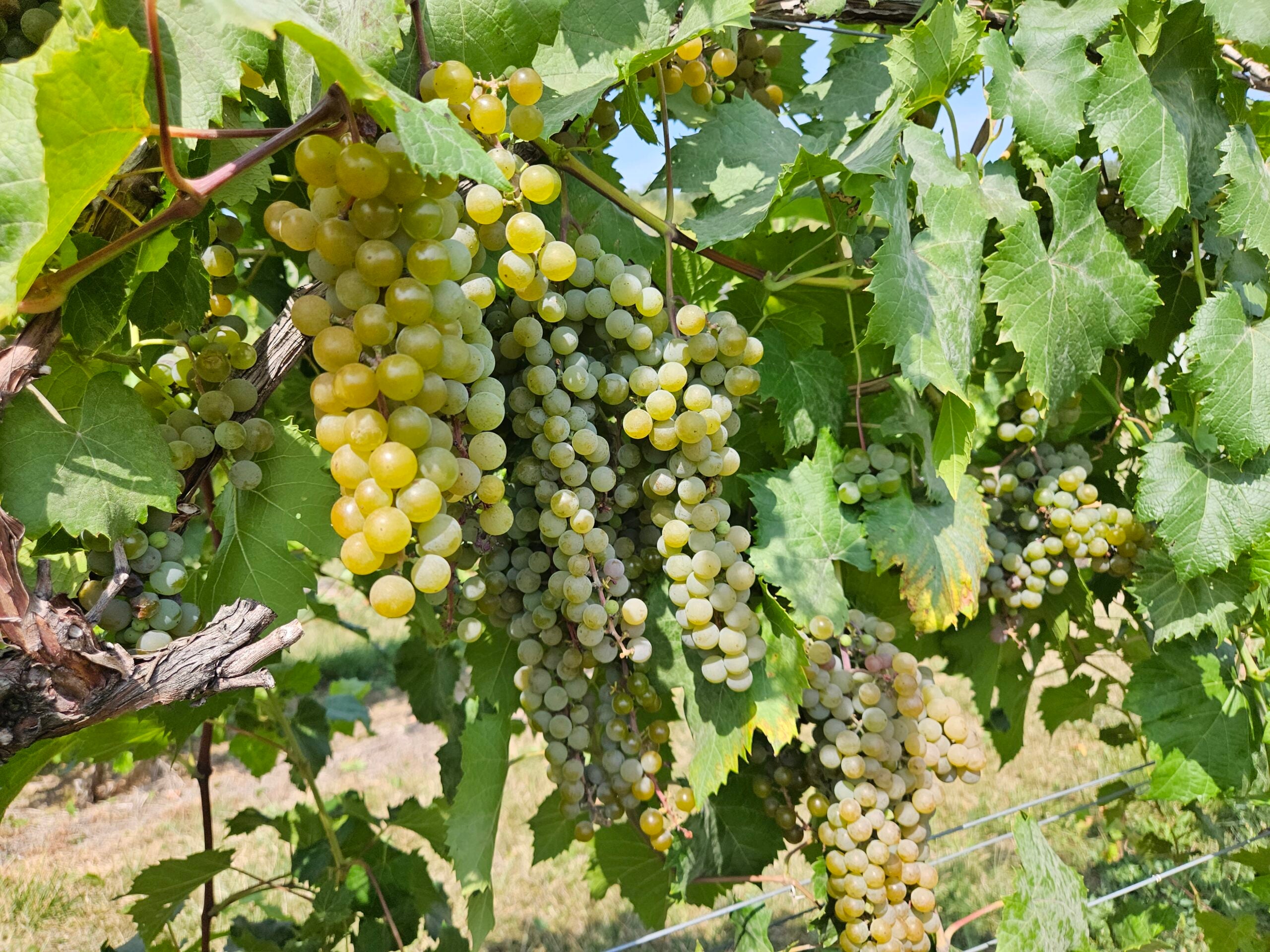The environmental organization Clean Wisconsin released a report on Wednesday about how climate change could have a major effect on the state’s agriculture industry.
The report “Seeds of Challenge” includes anecdotes from farmers across the state about how extreme weather like droughts and heavy precipitation have impacted their animals and crops.
Third generation farmer Jim Goodman, who owns a dairy operation in southwest Wisconsin, was one of 60 farmers who responded to the group’s survey. Goodman acknowledges that many farmers are skeptical of climate change and are used to dealing with unpredictable weather. But he said that weather has become too frequent.
Stay informed on the latest news
Sign up for WPR’s email newsletter.
“You’ll have unduly wet spring where you can’t get into the fields,” he said. “Then it’ll dry up in the summer so bad that the pasture’s gone. Then you may get another wet fall where it’s difficult to harvest what crops you have.”
Goodman said it’s costing him money. For example, he had to buy hay for the first time in decades during the drought in 2012.
University of Wisconsin researchers say that climate change may cause extreme weather to become more common in the future. Clean Wisconsin Energy and Climate Specialist Katy Walter said that if severe weather does become regular, it could end up costing the ag industry a lot of money and require some farmers to make large investments to continue operating.
“For example, installing irrigation systems to combat drought and build structures for storing feed and protecting livestock,” said Walter.
According to the U.S. Department of Agriculture, farmers have reported major crop losses and higher production costs in recent years, partially because of of extreme weather.
Wisconsin Public Radio, © Copyright 2024, Board of Regents of the University of Wisconsin System and Wisconsin Educational Communications Board.





